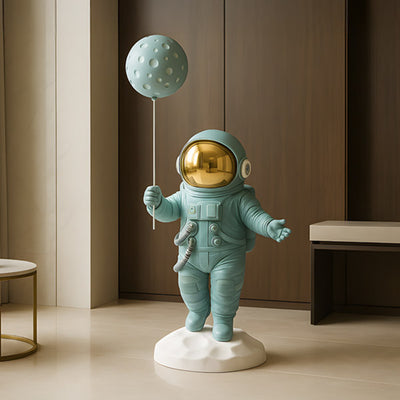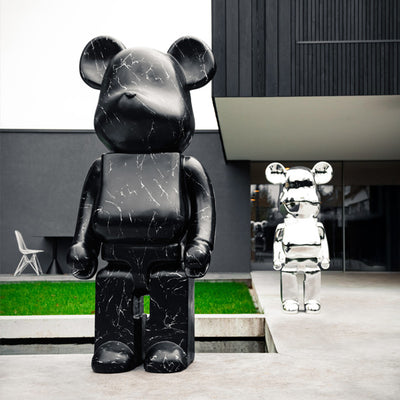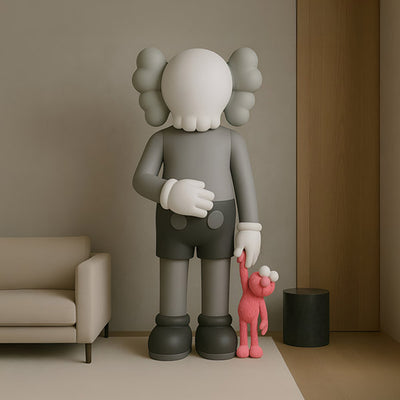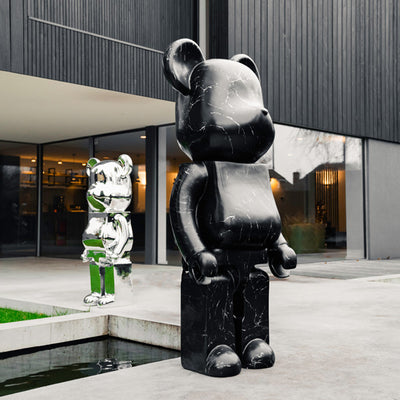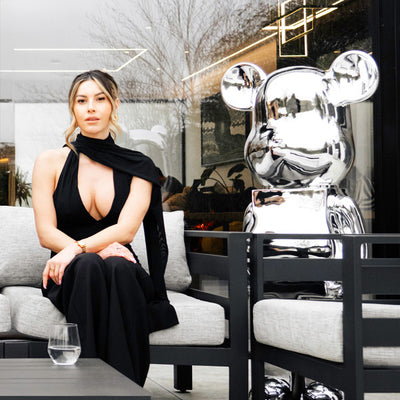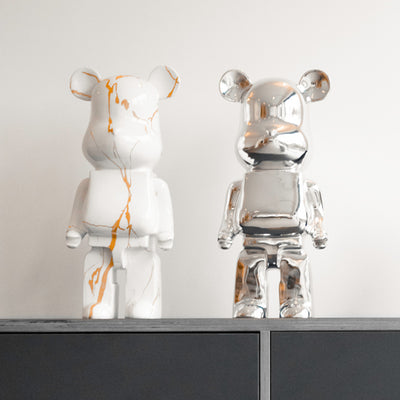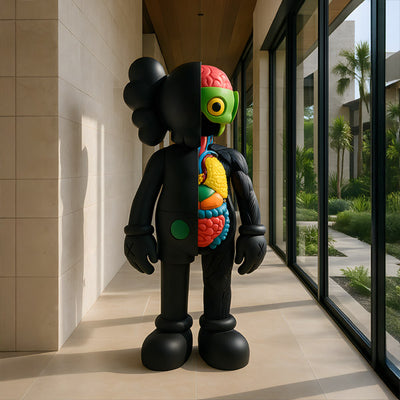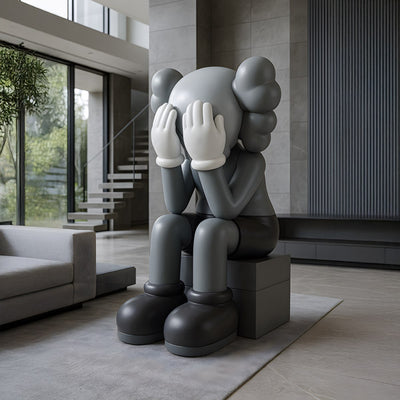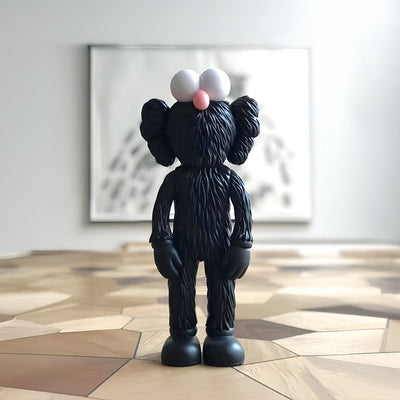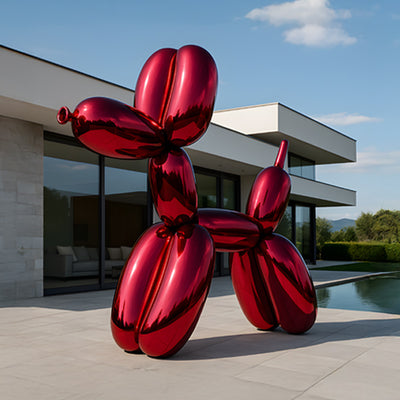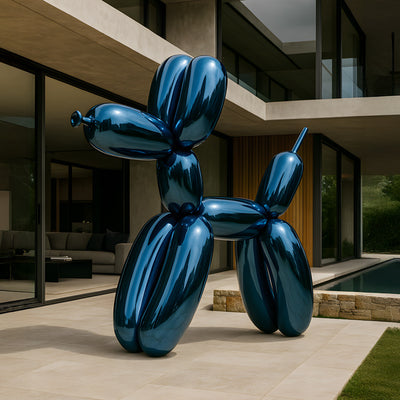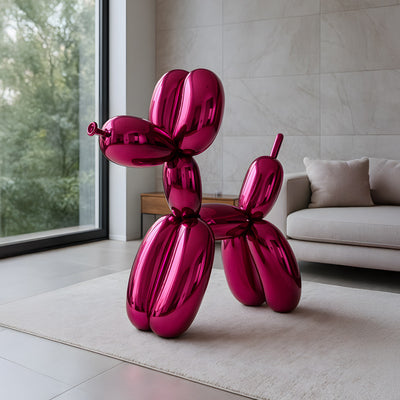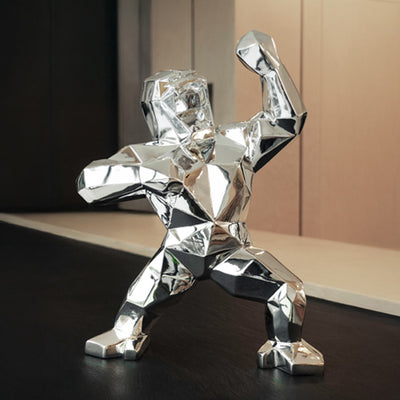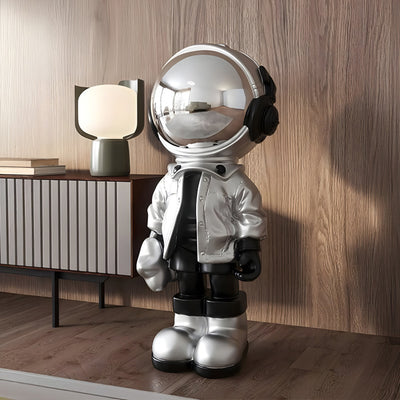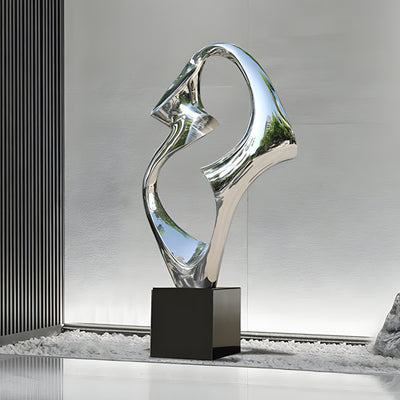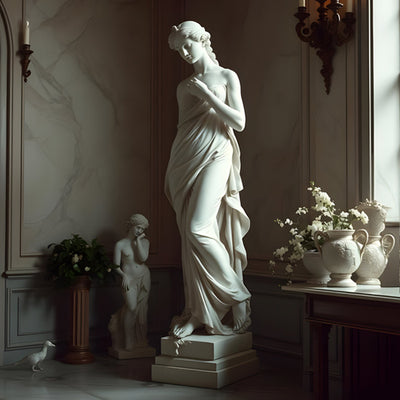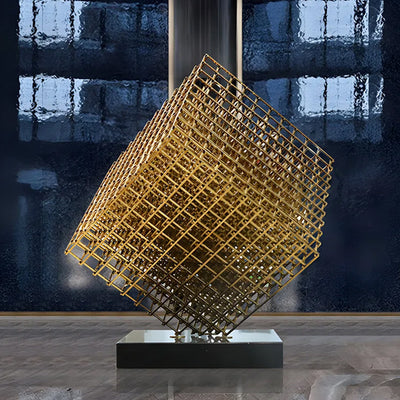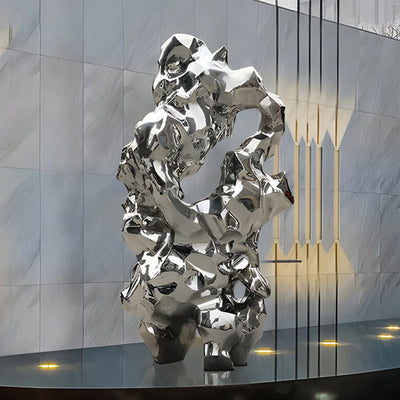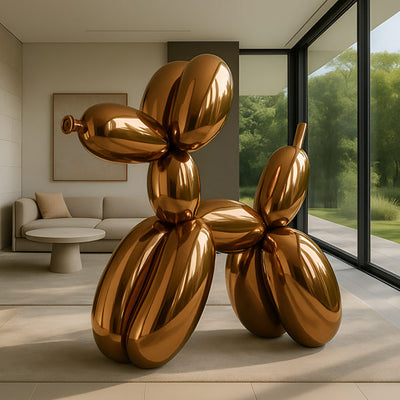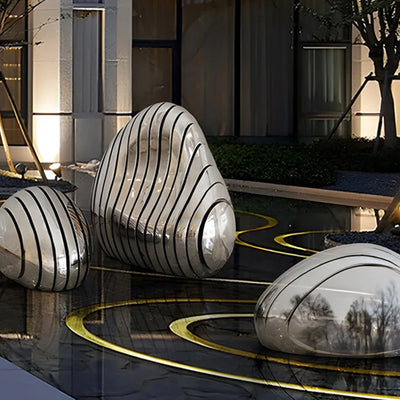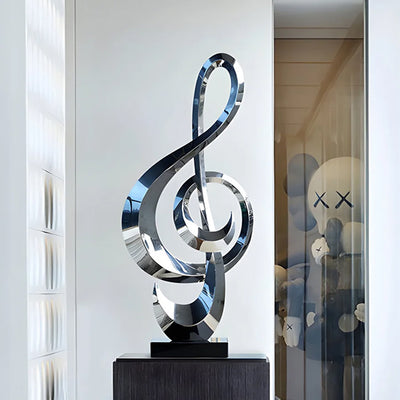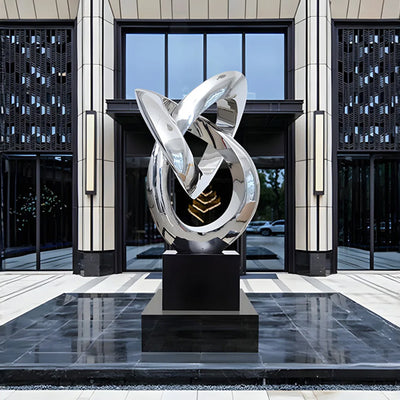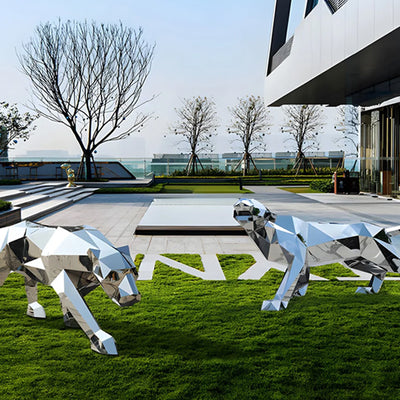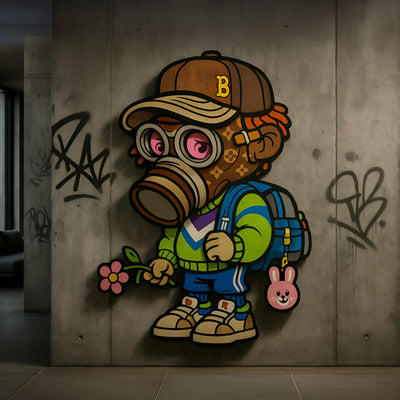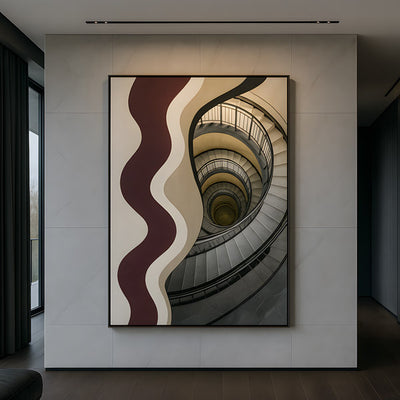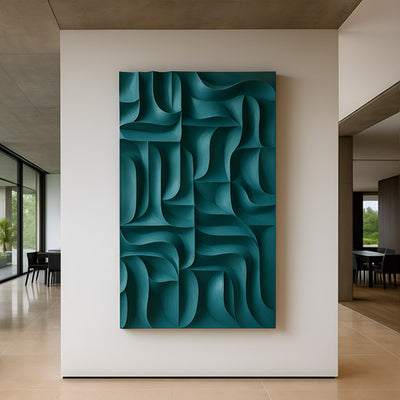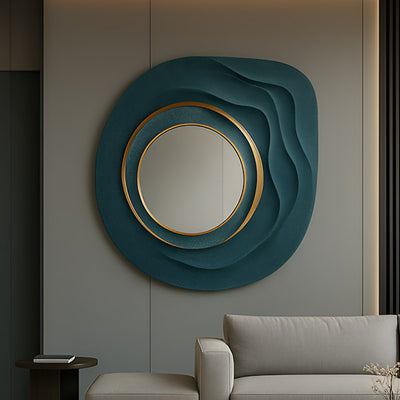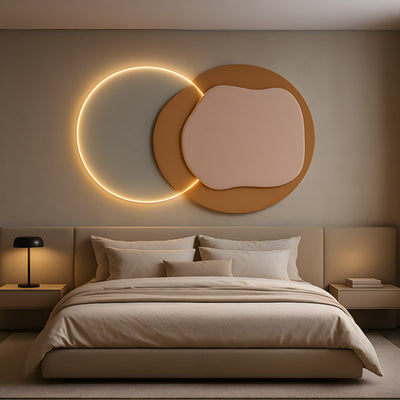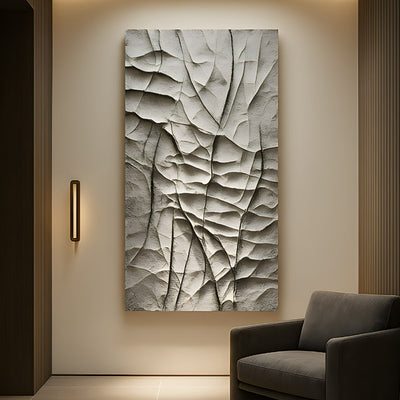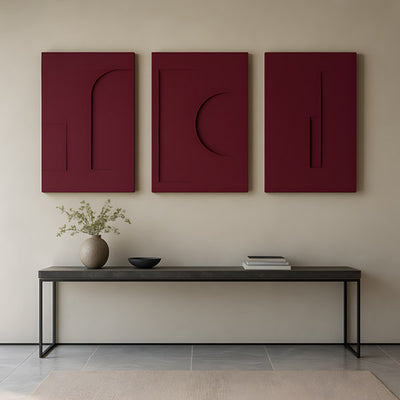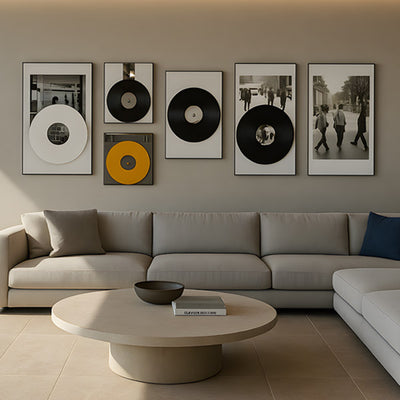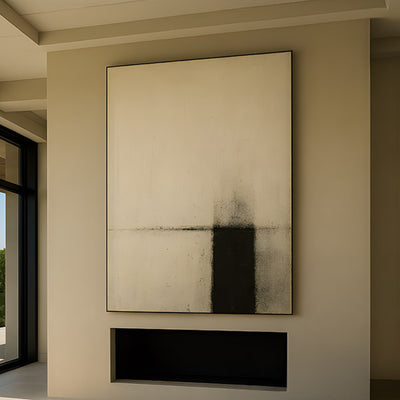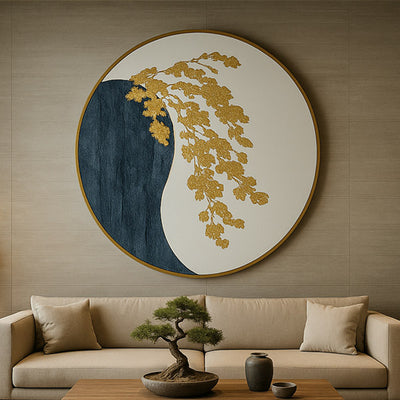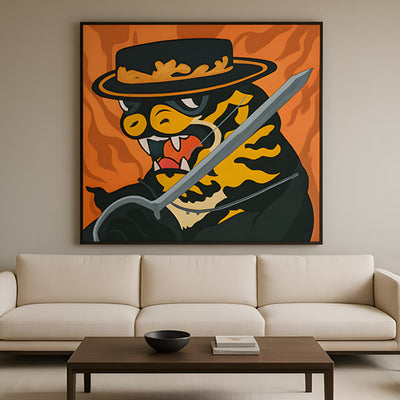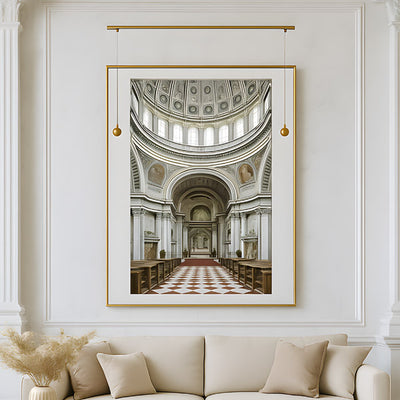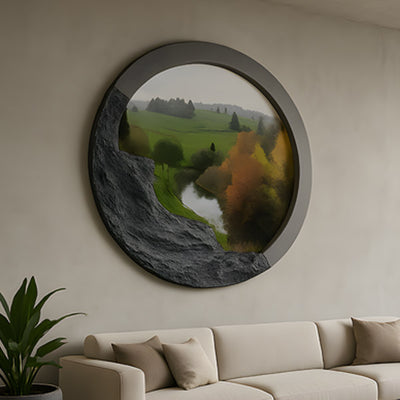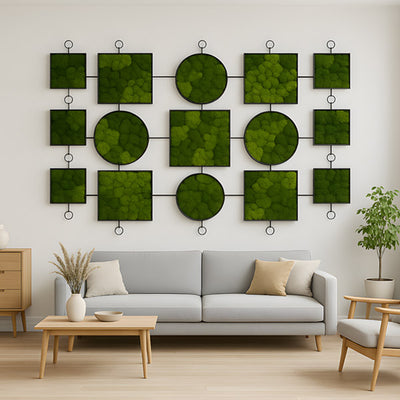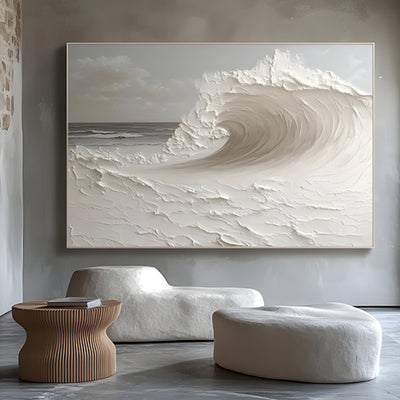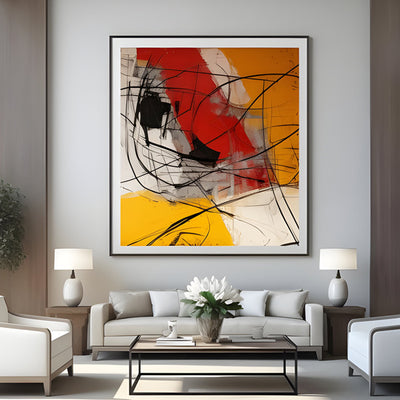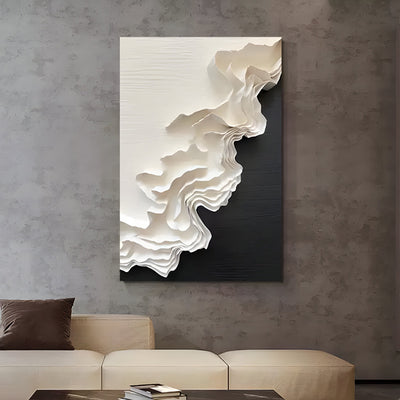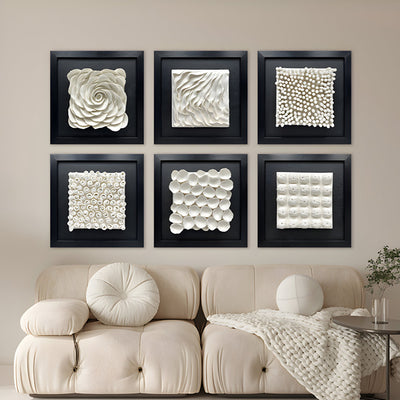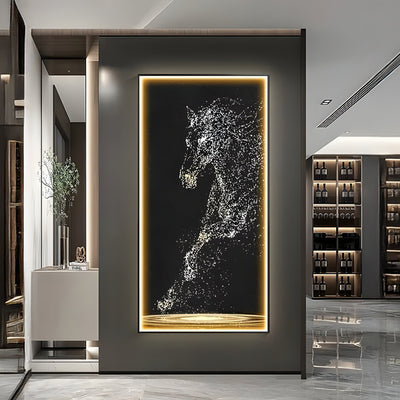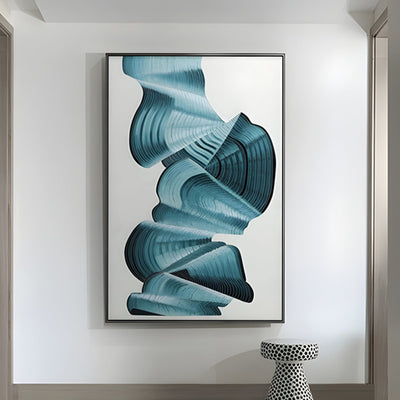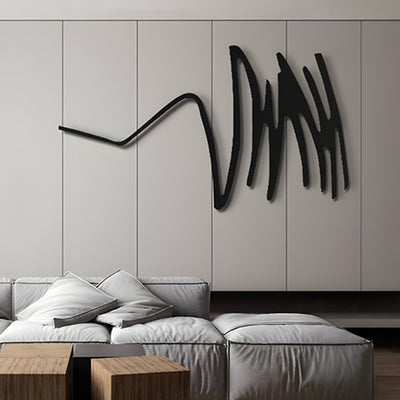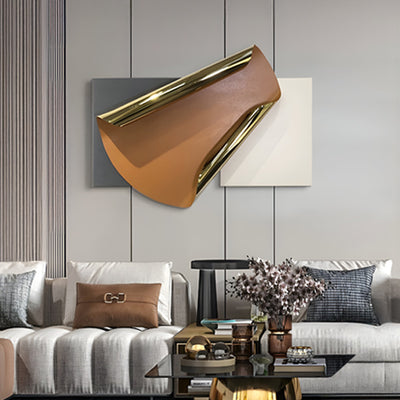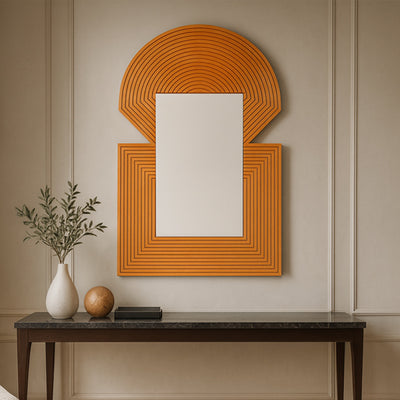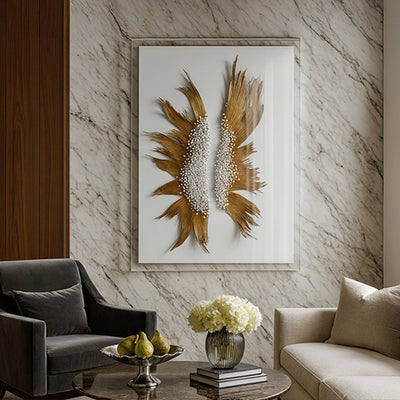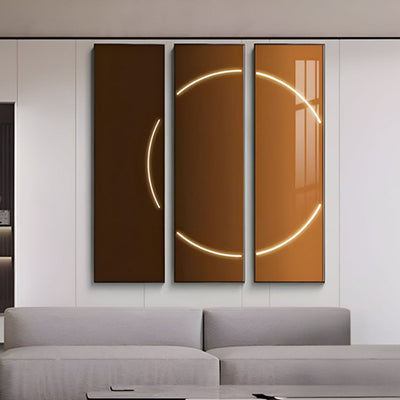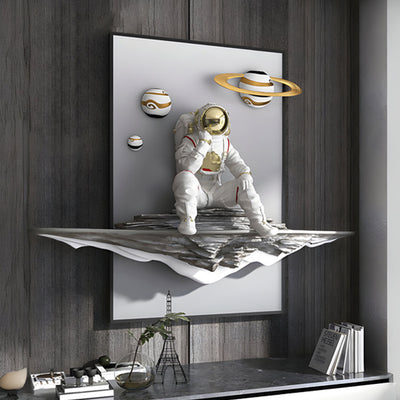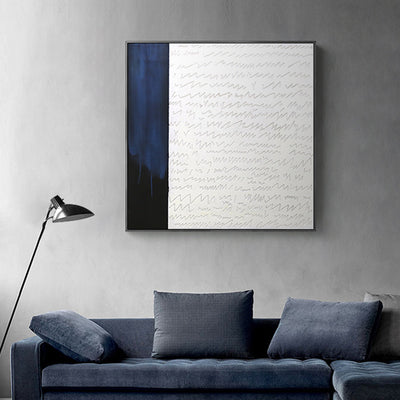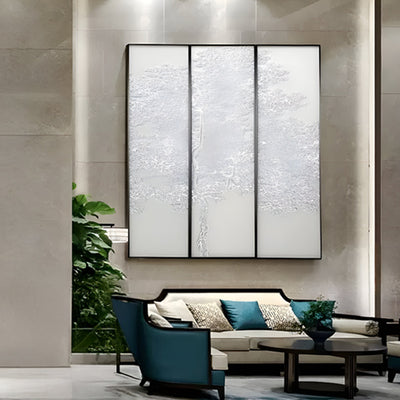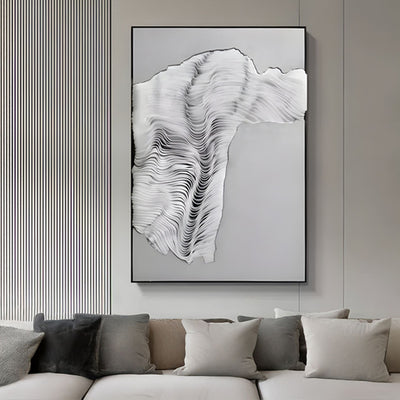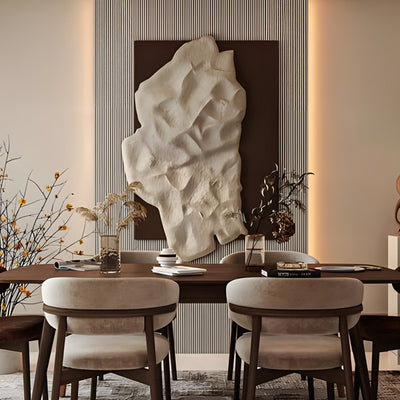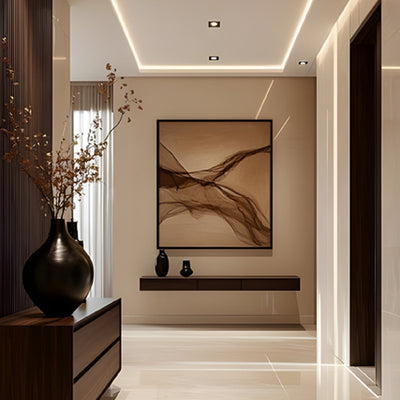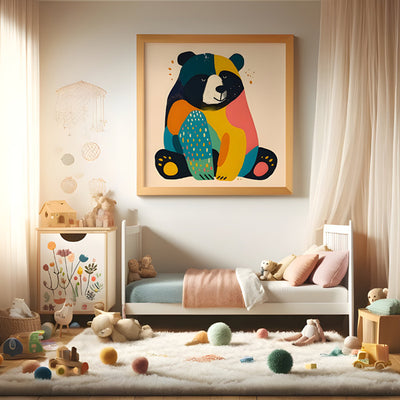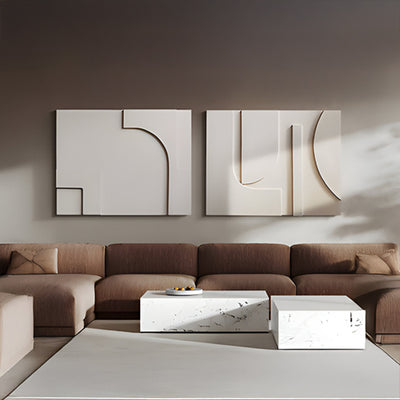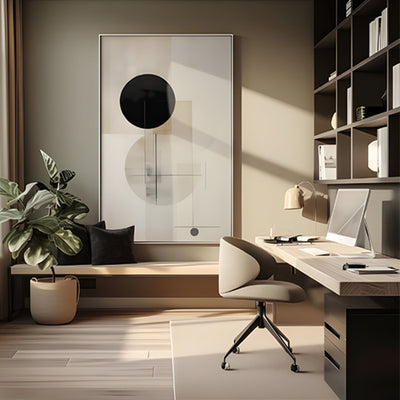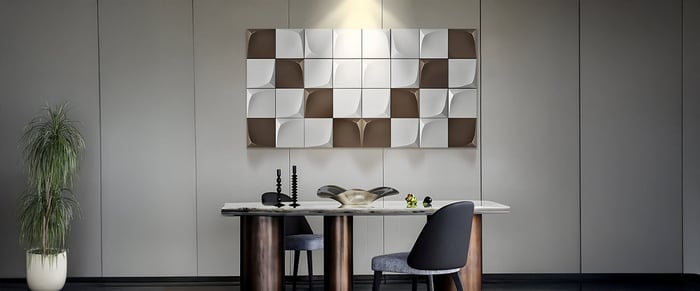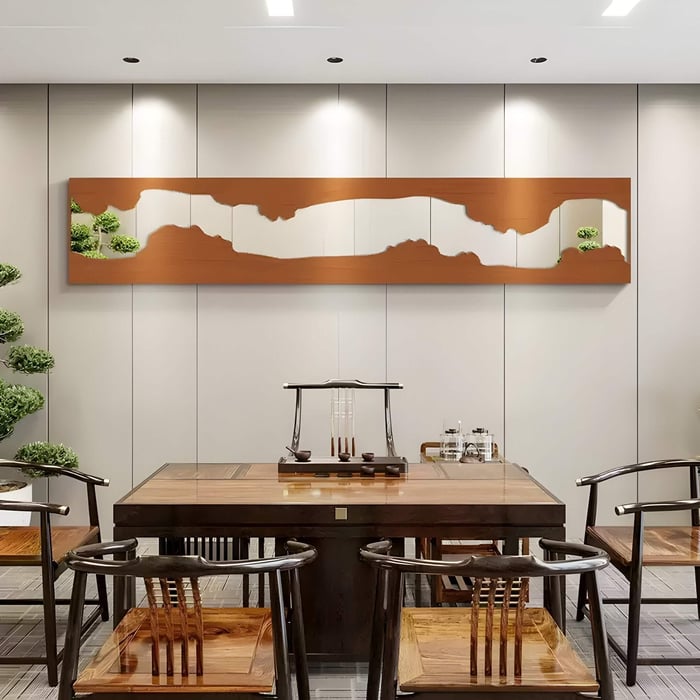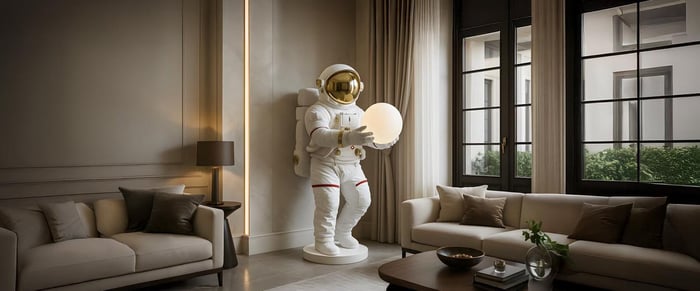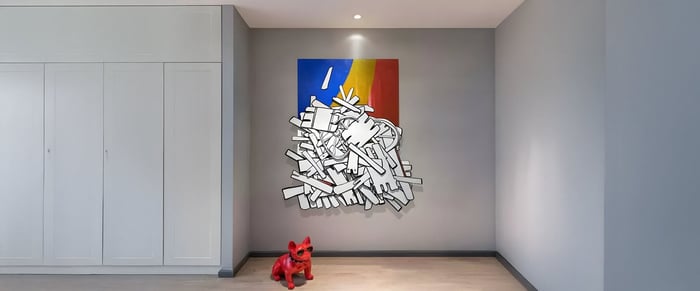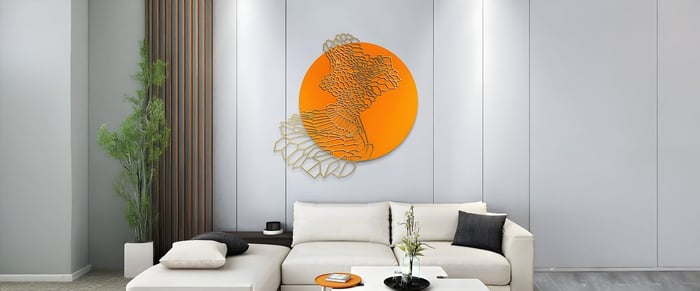Introduction
Choosing the right dining room art can transform an ordinary space into an inspiring hub where conversations flow and memories are made. As dining rooms increasingly become multifunctional spaces for hosting, working, and relaxing, selecting the ideal artwork has never been more important.
In this guide, you will discover practical steps for selecting the perfect piece, considering elements like size, color, style, and lighting. Whether you favor retro art, zen art, modern art, or abstract art, you’ll find clear advice to guide your decision.
Why Dining Room Art Matters
Art has a profound psychological impact, especially in communal areas like dining rooms. Carefully chosen dining room art can stimulate appetite, encourage conversation, and set the tone for your gatherings.
Styles like modern art are favored for their boldness and ability to energize a room, while zen art continues to rise in popularity for creating a serene and welcoming atmosphere. The art you select becomes a silent host, shaping every dining experience subtly yet powerfully.
How to Choose the Perfect Dining Room Art
Match Your Dining Room Size and Wall Space
One of the first considerations when selecting dining room art is the size of your wall space. An oversized piece can dominate a small room, while too tiny an artwork can get lost in a spacious setting. Abstract art works wonderfully in both scenarios - large pieces make dramatic statements, while smaller abstracts can add visual intrigue without overwhelming the room.
Before purchasing, measure your wall space carefully. A general rule is that the artwork should take up about two-thirds to three-quarters of the wall width. For a balanced look, allow a few inches of breathing room around the frame.
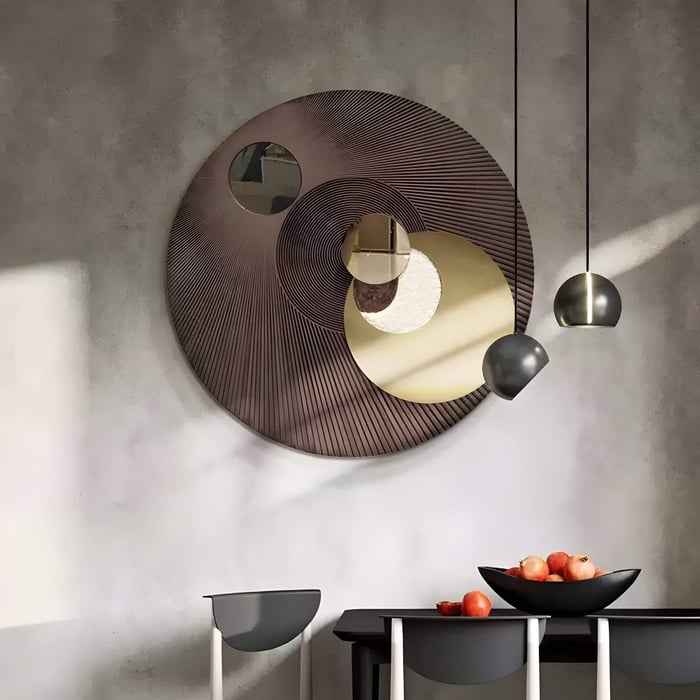
Coordinate with Your Dining Room Color Scheme
Color harmony is essential when choosing dining room art. Art should either complement the room’s existing palette or introduce a tasteful contrast. For instance, retro art often features vivid, saturated hues that can invigorate neutral-toned dining rooms. A pop of teal, mustard, or coral can turn an understated space into a lively and dynamic environment.
Conversely, if your dining room already has strong color elements, zen art might be a better fit. With its muted tones and minimalist designs, it offers tranquility without clashing with bold surroundings. Always consider whether you want your art to blend seamlessly or act as a focal point.
Reflect Your Style: Retro, Zen, Modern, or Abstract?
Art is an extension of personality, and your choice of dining room art should align with your individual style and the ambiance you wish to cultivate. Understanding the distinctive character of each style will help you make a decision that feels both authentic and inspiring.
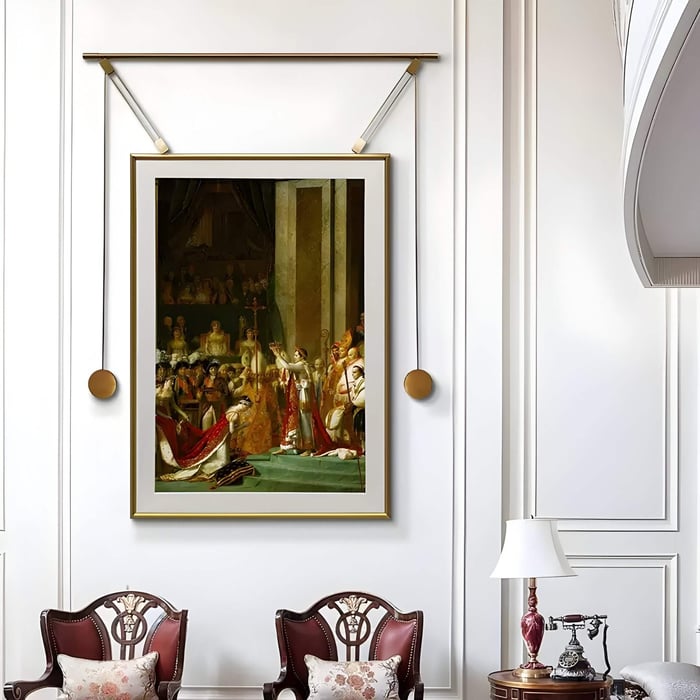
Retro Art:
For those who cherish nostalgia and vibrant expression, retro art offers a playful energy that enlivens any dining space. Drawing inspiration from the bold designs of the 1950s, 60s, and 70s, retro pieces often feature geometric patterns, saturated colors, and pop culture references. A vivid retro canvas can turn a minimalist dining room into a dynamic conversation starter, while vintage poster reproductions or colorful abstracts evoke a sense of warmth and familiarity.
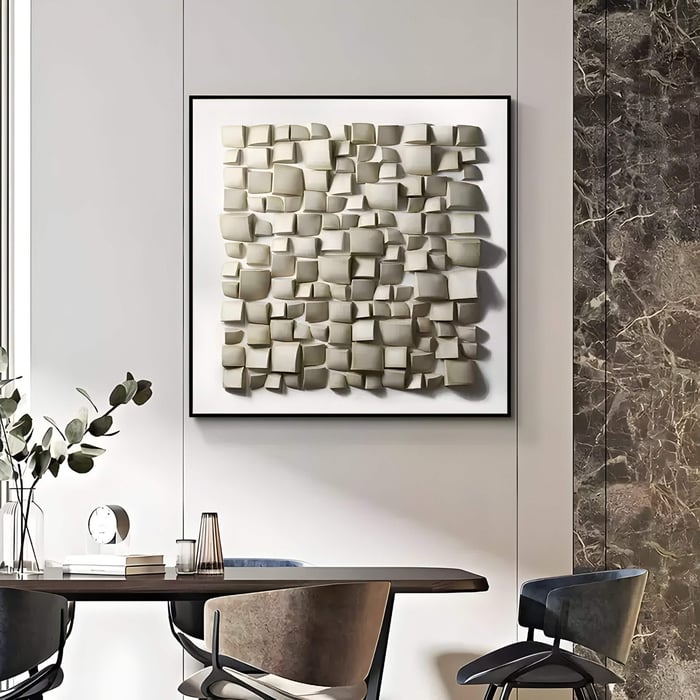
Zen Art:
If tranquility and mindfulness are priorities in your home, zen art provides a perfect solution. Rooted in principles of simplicity, balance, and natural beauty, zen pieces often depict serene landscapes, minimalist brushwork, and a soothing palette of earth tones and soft blues. Incorporating zen art into your dining room not only beautifies the space but also fosters a calming environment ideal for unwinding after a busy day. It is especially fitting for open-plan spaces where dining areas flow into living or relaxation zones.
Modern Art:
Contemporary and forward-looking, modern art appeals to those who value innovation, structure, and minimalism. Characterized by clean lines, bold forms, and often unconventional materials, modern art adds a sense of sophistication and confidence to your dining room. A striking modern piece can act as the central anchor of the room, providing a sharp contrast to organic furniture or highlighting a sleek, minimalist design scheme. Choosing modern art allows you to experiment with form and space without overwhelming your existing décor.
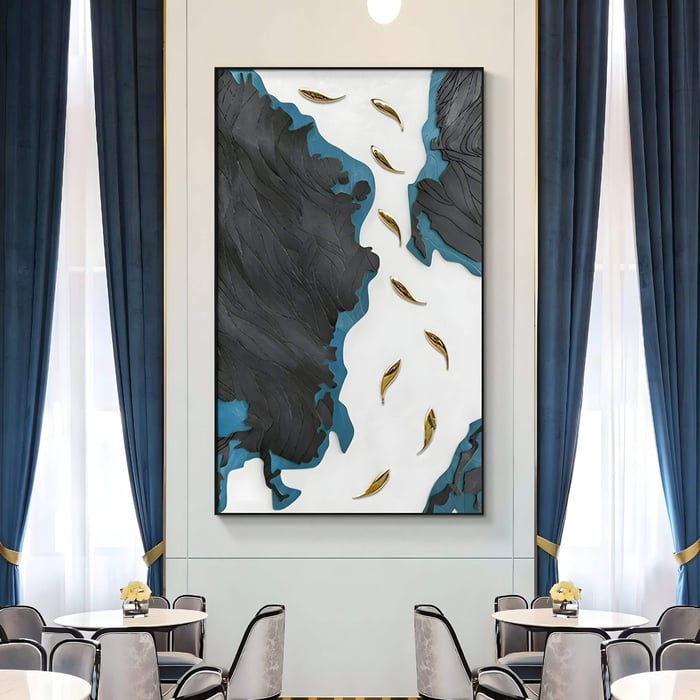
Abstract Art:
For free spirits and lovers of open interpretation, abstract art presents endless possibilities. Free from the constraints of literal representation, abstract works invite viewers to bring their own experiences and emotions into the interpretation of the piece. In the dining room, abstract art can either inject vibrant energy through bold colors and dynamic shapes or introduce subtle depth through muted tones and fluid forms. Whether you opt for a dramatic focal piece or a gentle accompaniment to your dining ensemble, abstract art encourages ongoing discovery and connection among your guests.
When selecting your dining room art, think about how you want your space to feel. Whether you are drawn to the energetic charm of retro art, the meditative calm of zen art, the sleek allure of modern art, or the expressive freedom of abstract art, your choice should resonate with both your personal tastes and your dining room’s unique character.
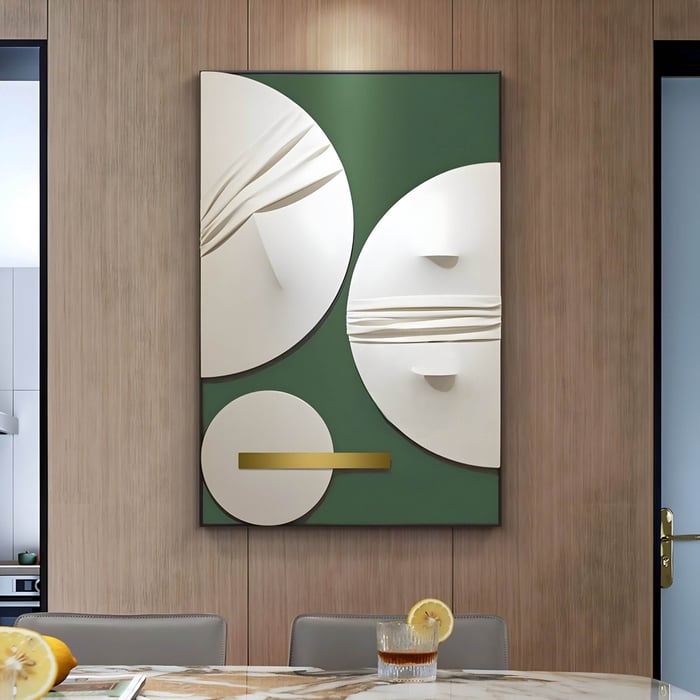
Lighting: The Often-Overlooked Factor
Lighting can make or break the impact of your dining room art. Natural light highlights the depth and color of paintings during the day, but it’s important to consider evening lighting as well. Installing directional spotlights or wall-mounted sconces can dramatically enhance your artwork’s features after dark.
When planning your lighting, think about the position of your retro art or abstract art pieces. Glare can detract from the viewing experience, so opt for soft, adjustable lighting solutions that evenly illuminate without creating harsh reflections. Similarly, subdued lighting pairs beautifully with zen art, emphasizing its serene qualities.
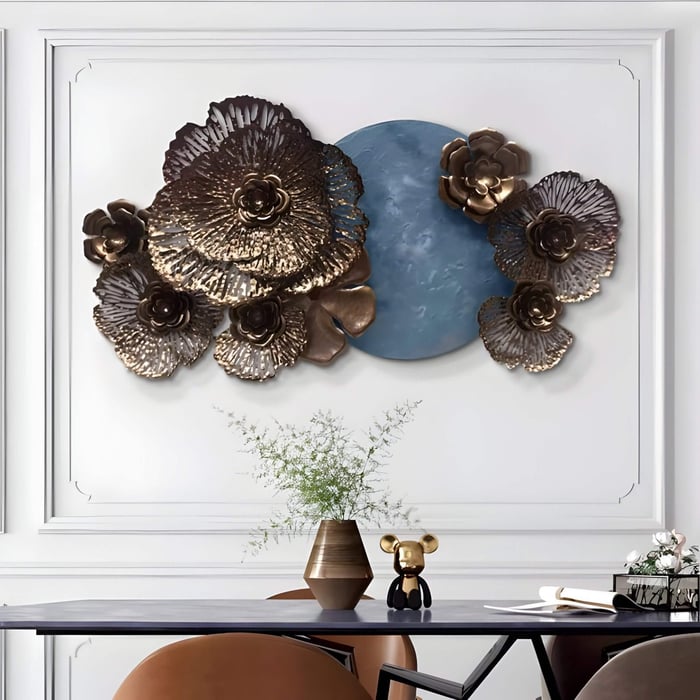
Conclusion
Selecting the perfect dining room art involves thoughtful consideration of space, color, personal style, and lighting. Whether you are drawn to the vibrant nostalgia of retro art, the soothing simplicity of zen art, the daring innovation of modern art, or the expressive freedom of abstract art, your choice should enhance both the visual appeal and the emotional atmosphere of your dining space.
Art is not just decor; it is a statement about who you are and the environment you want to create for yourself and your guests. By following these practical steps, you are well on your way to curating a dining room that is as welcoming as it is stylish.
Ready to transform your dining space?
Explore our curated collections of dining room art or read more expert guides to find the perfect piece for your home today.
